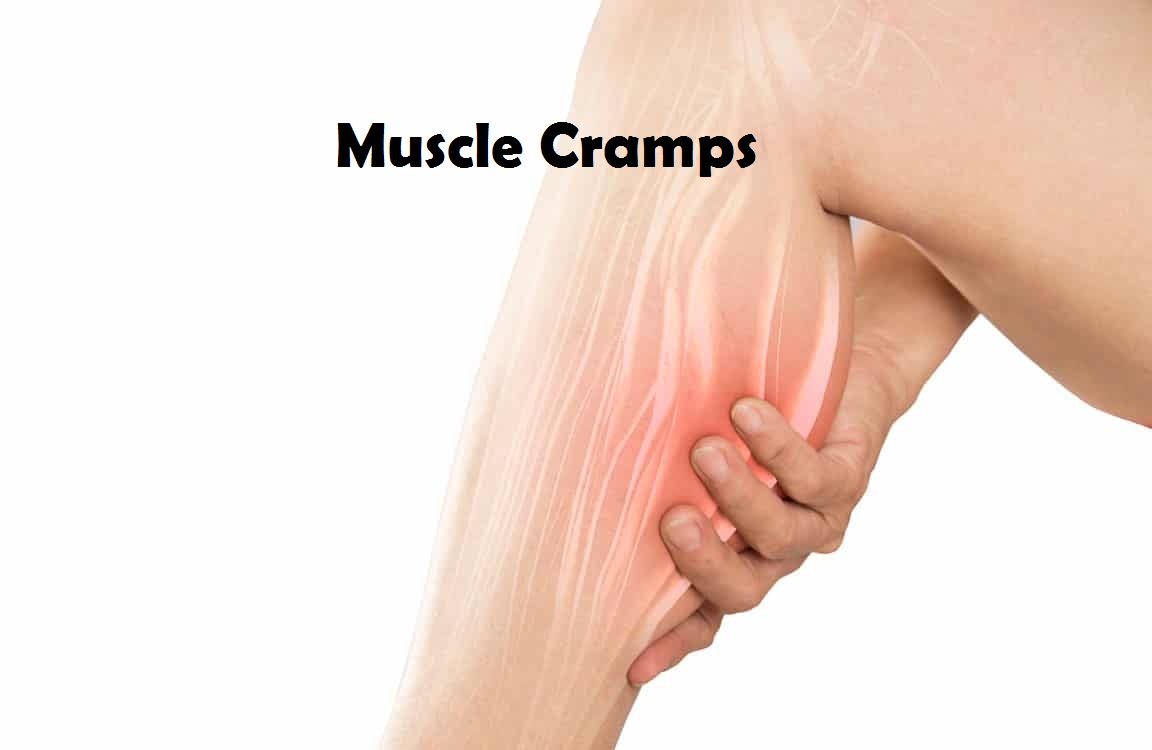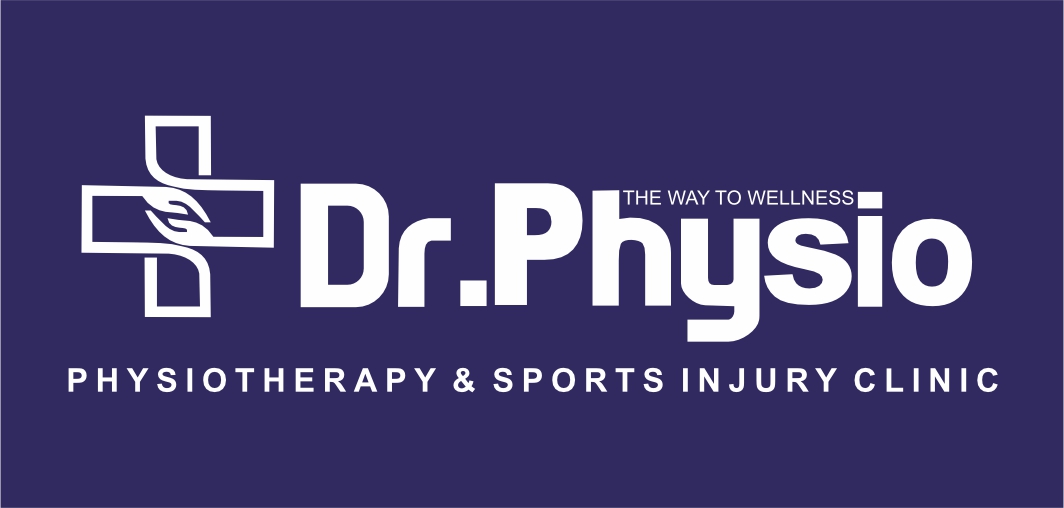+918048039022

This is your website preview.
Currently it only shows your basic business info. Start adding relevant business details such as description, images and products or services to gain your customers attention by using Boost 360 android app / iOS App / web portal.
Muscle cramps are sudden and involuntary contracti...

Muscle cramps are sudden and involuntary contractions or spasms of one or more muscles. They can occur in various parts of the body, commonly in the legs (calf muscles), feet, or hands. These cramps can range from mild discomfort to intense pain and may last for a few seconds to several minutes. Muscle cramps can happen during physical activity (especially when muscles are fatigued), at rest, or even during sleep. Several factors can contribute to muscle cramps, including: 1.Dehydration: Not having enough fluids in your body can lead to electrolyte imbalances, which can trigger cramps. 2.Electrolyte imbalances: Low levels of minerals such as potassium, calcium, magnesium, or sodium in the body can affect muscle function and contribute to cramping. 3. Muscle fatigue: Overuse of muscles or prolonged physical activity can cause muscles to become fatigued, making them more prone to cramping. 4.Poor circulation: Conditions that affect blood flow to the muscles, such as peripheral artery disease, can sometimes cause muscle cramps. 5.Nerve compression: Compression of nerves by nearby structures (such as spinal stenosis) can sometimes lead to muscle cramps. Physiotherapy can be very effective in both treating and preventing muscle cramps. 1.Stretching and Flexibility Exercises: we prescribe specific stretching exercises to help lengthen and relax tight muscles prone to cramping. we also teach dynamic stretches that can be incorporated into warm-up routines before physical activity to prevent cramps. 2. Strength Training: Weak muscles can be more prone to cramping. Physiotherapists design strengthening exercises to improve muscle endurance and reduce the likelihood of cramping during physical exertion. 3.Posture and Body Mechanics Education: Correcting poor posture and improper body mechanics can alleviate muscle strain and tension, which can contribute to cramping. 4.Electrotherapy: Modalities such as ultrasound and electrical stimulation may be used to improve circulation, reduce muscle spasms, and promote healing. Assessment of Underlying Causes: 5. Physiotherapists assess biomechanical issues, joint mobility, and nerve function to identify and address any underlying factors contributing to muscle cramps. so consulting a experienced physiotherapist is advisable if cramps are severe, frequent, or persistent.

